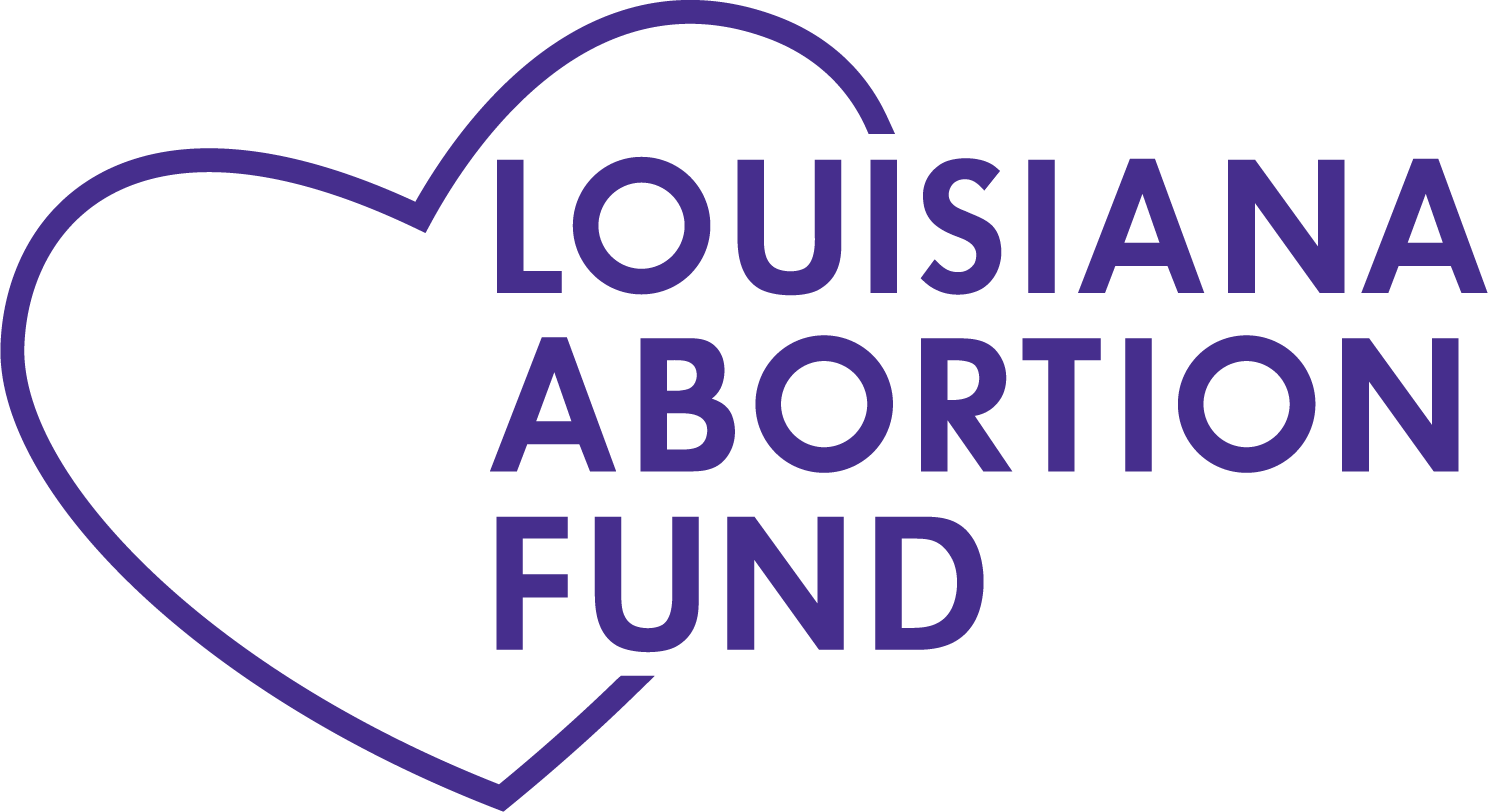About Reproductive justice
In 1994, twelve Black women developed the concept of Reproductive Justice in order to directly address their frustrations with the “pro-choice” movement. They knew what was being done was nowhere near sufficient to meet the realities of Black women across the nation.
We stand on the shoulders of the mothers of reproductive justice whose groundbreaking human rights framework continues to illuminate the path forward. We honor:
Toni M. Bond Leonard, Reverend Alma Crawford, Evelyn S. Field, Terri James, Bisola Marignay, Cassandra McConnell, Cynthia Newbille, Loretta Ross, Elizabeth Terry, 'Able' Mable Thomas, Winnette P. Willis and Kim Youngblood.
Reproductive Justice demands intersectionality. It understands that focusing on “access” alone in countries with layered systemic, institutional, interpersonal, ideological, and internalized oppression does little to counter the lived realities of people being targeted.
“The reproductive justice framework examines all factors that impact someone’s ability to create and exist in the family they desire, expanding beyond narrow legal or medical frameworks and centering the lived experiences of those most impacted — especially Black, Indigenous people, people of color (BIPOC), LGBTQIA+ folks, disabled people, and those living in poverty. It also allows us to name and challenge the systemic racism, classism, patriarchy, ableism, and other forms of oppression that shape who can access care, who is believed, who survives, and who gets left behind.”
-Diminishing Reproductive Autonomy in the USA: Centering Lived Experiences.
All definitions of reproductive justice recognize that the need for access to resources goes far beyond abortion alone.
SisterSong defines Reproductive Justice as the human right to maintain personal bodily autonomy, have children, not have children, and parent the children we have in safe and sustainable communities.
Suggested Reading:
Reproductive Justice: An Introduction
Birthing Liberation: How Reproductive Justice Can Set Us Free
